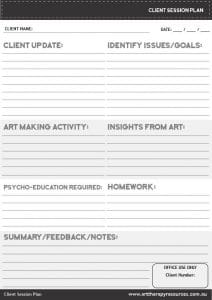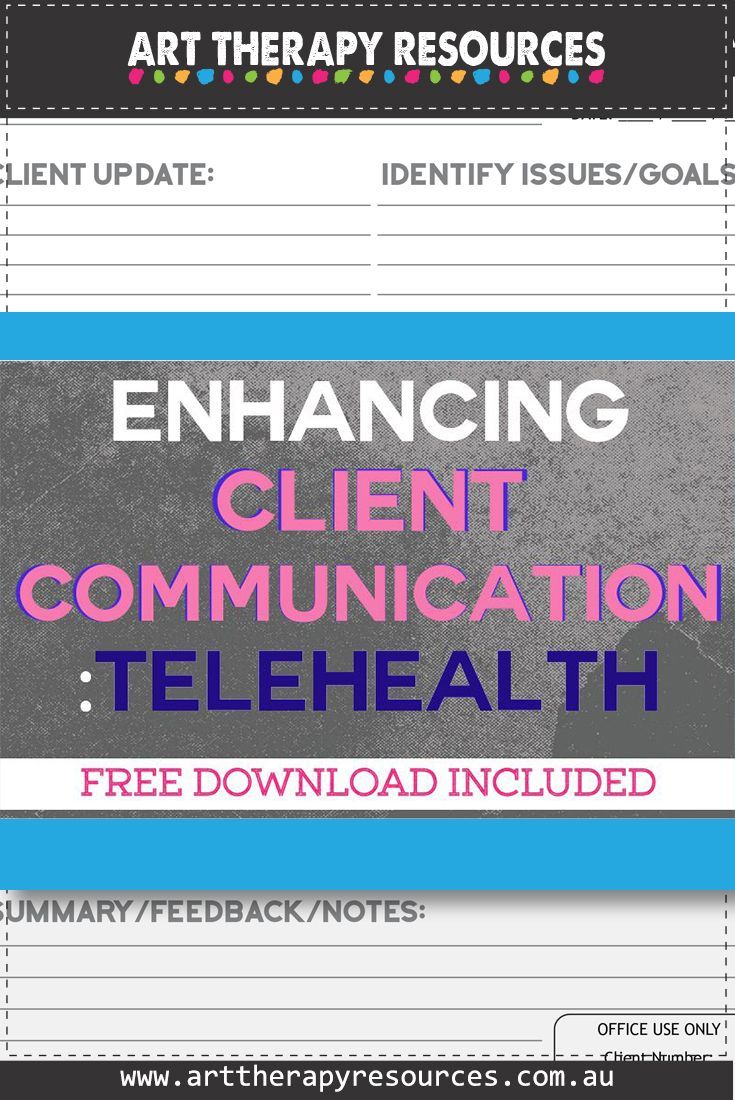THIS POST INCLUDES:
1. Selecting a Telehealth platform
2. Implementing Telehealth into your Practice
3. Enhancing Communication through Telehealth
4. Action Steps for Art Therapists
5. Free Download Client Session Notes
SELECTING A TELEHEALTH PLATFORM
In this blog post, we won’t delve too much into the process of setting up telehealth, however, we are including some fundamental components to consider when incorporating telehealth into your art therapy practice.
When integrating telehealth into your art therapy practice, choosing the right platform is essential for ensuring the confidentiality and effectiveness of your sessions. Consider the following features and considerations when selecting a telehealth platform:
1. Confidentiality: Confidentiality is paramount in art therapy sessions where clients may share deeply personal and sensitive experiences. Look for telehealth platforms that offer end-to-end encryption and robust security measures to safeguard client confidentiality. Ensure that the platform complies with relevant regulations and prioritizes data privacy to maintain the integrity of your therapeutic relationship with clients.
2. Ease of Use: A user-friendly platform is essential for both you and your clients to navigate with ease. Opt for a telehealth solution with an intuitive interface design that streamlines the scheduling, billing, and session management processes. Consider platforms that offer seamless integration with existing systems and support multi-platform compatibility, allowing clients to access sessions from desktop computers, mobile devices, or tablets without hassle.
3. Interactive Capabilities: To facilitate meaningful engagement in virtual art therapy sessions, choose a telehealth platform with robust interactive features. Look for capabilities such as video conferencing, screen sharing, and digital whiteboards, which enable you to conduct dynamic art therapy exercises and collaborate with clients in real-time. These interactive tools enhance the therapeutic experience and promote active participation from clients, fostering a deeper connection and creative exploration.
4. Customization Options: Every art therapist has unique preferences and approaches to therapy, so it’s essential to select a telehealth platform that allows for customization. Seek out platforms that enable you to tailor the virtual therapy environment to align with your art therapy practice. Look for features such as customizable backgrounds, virtual art supplies, and interactive tools for creative expression, empowering you to create a personalized and immersive therapeutic experience for your clients.
5. Technical Support: Technical issues can arise unexpectedly during telehealth sessions, so it’s essential to choose a platform that offers reliable technical support and troubleshooting assistance. Prioritize telehealth solutions that provide prompt and accessible support channels, such as live chat, email, or phone support, to address any technical issues or connectivity problems that may arise during sessions. Ensure that both you and your clients have access to timely assistance to minimize disruptions and maintain the continuity of therapeutic engagement.
IMPLEMENTING TELEHEALTH INTO YOUR PRACTICE
1. Assess Client Needs: Start by assessing your clients’ preferences and technological capabilities to determine their readiness for telehealth sessions. Consider factors such as internet access, device compatibility, and comfort level with virtual communication. Engage in open dialogue with clients to understand their concerns and address any potential barriers to participation in virtual sessions.
2. Communicate Expectations: Clearly communicate your telehealth policies and procedures to clients to set clear expectations for virtual sessions. Provide detailed information about confidentiality protocols, session scheduling, and technical requirements. Offer resources and guidance to help clients prepare for virtual sessions effectively, including tips for optimizing their home environment for therapeutic engagement.
3. Prepare Your Workspace: Create a dedicated and professional workspace for conducting telehealth sessions. Ensure that your environment is conducive to therapeutic engagement and free from distractions or interruptions. Set up your art therapy materials and equipment in advance to facilitate seamless transitions between virtual and in-person sessions.
4. Facilitate Meaningful Engagement: Leverage the interactive capabilities of your telehealth platform to engage clients in meaningful art therapy exercises. Explore creative ways to encourage self-expression, exploration, and collaboration in a virtual setting. Use digital whiteboards, screen sharing, and other interactive tools to facilitate art-making activities and foster a sense of connection with clients.
5. Monitor and Adjust: Continuously monitor the effectiveness of your telehealth sessions and solicit feedback from clients to identify areas for improvement. Stay flexible and adaptable in your approach, making adjustments as needed to optimize the therapeutic experience for clients. Regularly review your telehealth policies and procedures to ensure compliance with regulatory requirements and best practices in virtual therapy.
ENHANCING COMMUNICATION THROUGH TELEHEALTH
1. Establish Rapport: Building a strong therapeutic alliance is essential for effective communication, whether in-person or virtually. Begin each session with a warm greeting and take the time to check in with your client about their well-being. This is also a good opportunity to address any concerns your client may have about telehealth including using technology and confidentiality.
2. Nonverbal communication: While telehealth may limit certain nonverbal cues compared to in-person sessions, there are still ways to convey warmth and understanding through facial expressions, gestures, and body language. Position your camera at eye level and maintain appropriate eye contact to establish a sense of connection with your client.
3. Address Technological Barriers: Be mindful of potential technological barriers that may impact communication during telehealth sessions. Ensure that both you and your clients have access to reliable internet connections and compatible devices. Provide guidance and technical support as needed to troubleshoot any issues that arise, ensuring a smooth and uninterrupted therapeutic experience.
4. Establish a protocol for dialogue using telehealth: You may wish to discuss with your client any specific protocols you have in place to address the potential for technology interfering in smooth dialogue including screen freezing, disconnections, and the use of speakers and headphones when communicating. This is also important in context of other people who may be present at the home of the client.
5. Facilitate Active Engagement: Keep your clients actively engaged in the therapeutic process by incorporating interactive activities and exercises into your sessions. Use virtual whiteboards, drawing tools, or collaborative apps to facilitate art-making activities and creative expression. Encourage your clients to share their artwork and discuss their interpretations, fostering self-expression and insight.
6. Promote Feedback and Reflection: Foster a culture of feedback and reflection to continuously improve communication and enhance the therapeutic process. Encourage your clients to provide feedback on their telehealth experience, including what aspects they find helpful and any challenges they encounter. Use this feedback to inform your practice and make adjustments as needed to optimize client communication and engagement.
By implementing these strategies, you can enhance client communication through telehealth and create meaningful therapeutic experiences that promote healing and growth. Prioritize empathy, active engagement, and flexibility to build strong connections with your clients, even in the digital space.
ACTION STEPS FOR ART THERAPISTS
– Conduct a thorough assessment of telehealth platforms to identify the best fit for your practice and client needs.
– Prioritize client confidentiality and data security when selecting and using telehealth platforms, ensuring compliance with regulatory requirements.
– Communicate clear expectations and guidelines to clients regarding telehealth sessions, including technical requirements and session logistics.
– Embrace the interactive capabilities of telehealth platforms to facilitate engaging and meaningful art therapy experiences for clients.
– Continuously evaluate and adapt your telehealth practice to optimize client communication and therapeutic outcomes, soliciting feedback from clients to inform improvements.
By integrating telehealth into their art therapy practice and leveraging secure and effective communication platforms, art therapists can reach more clients, enhance therapeutic engagement, and deliver impactful mental health services in today’s digital landscape.
FREE DOWNLOAD: Art Therapy Exercise

BUILD YOUR ART THERAPY REFERENCE MATERIALS:
Pin this image to your Pinterest board.

SHARE KNOWLEDGE & PASS IT ON:
If you’ve enjoyed this post, please share it on Facebook, Twitter, Pinterest. Thank you!
